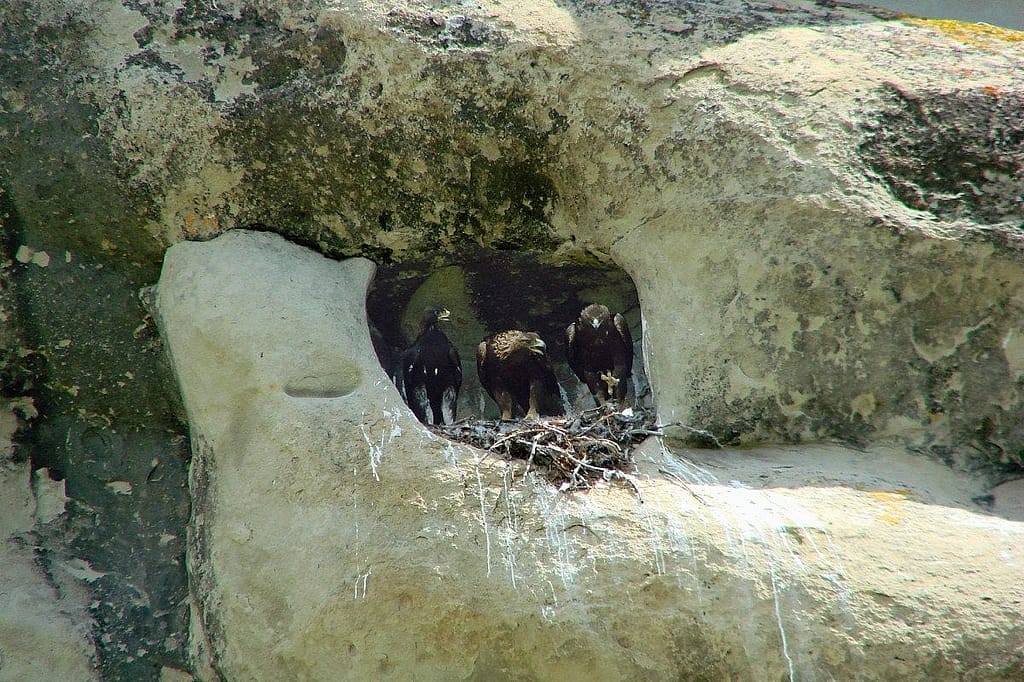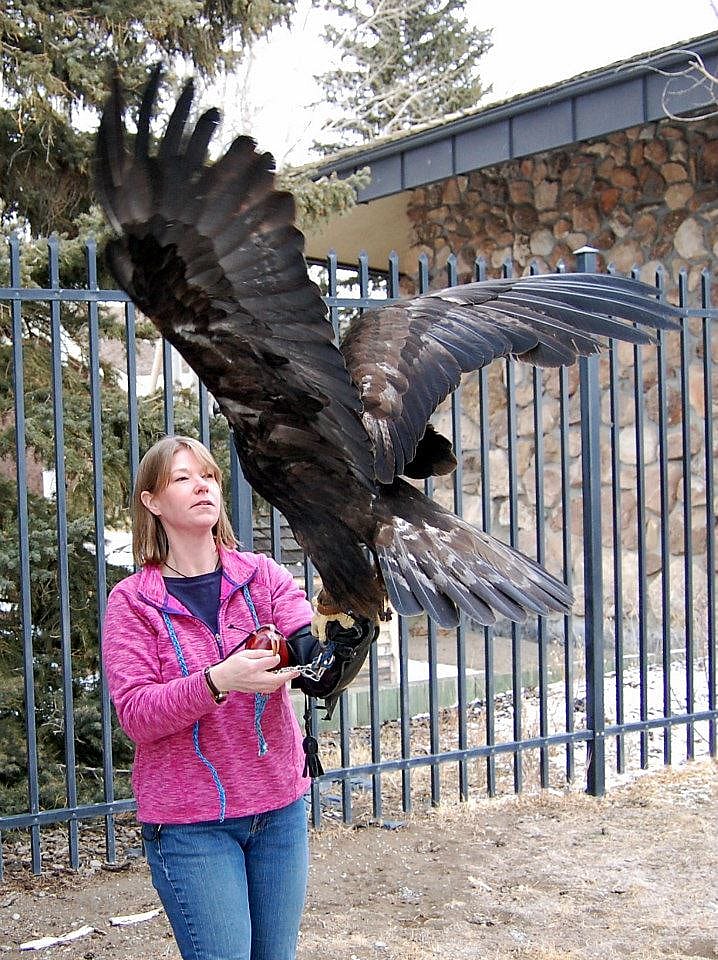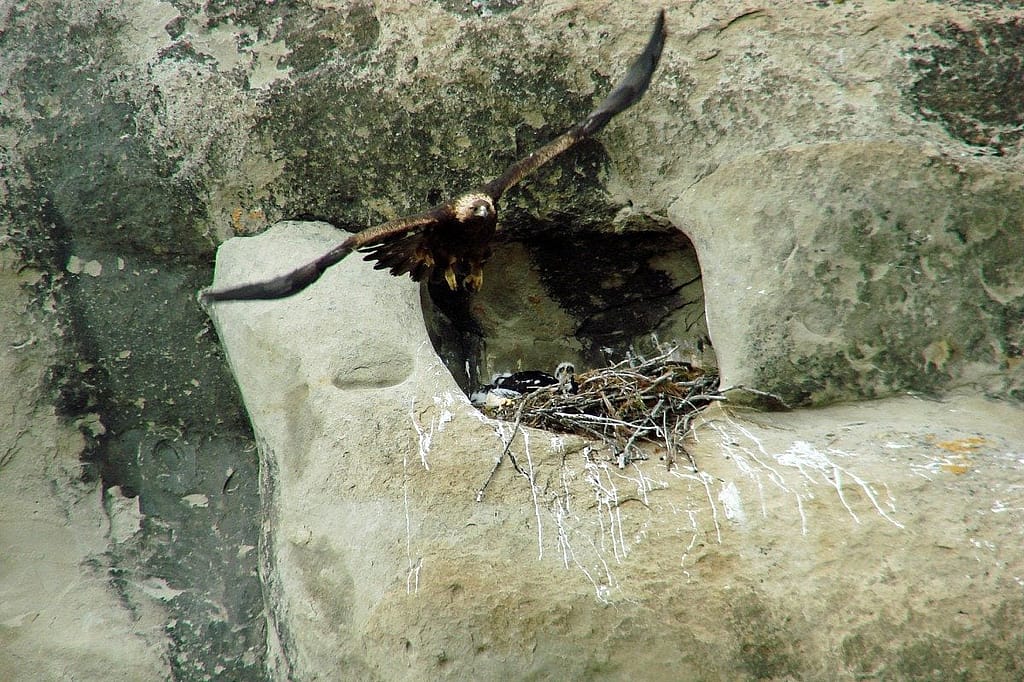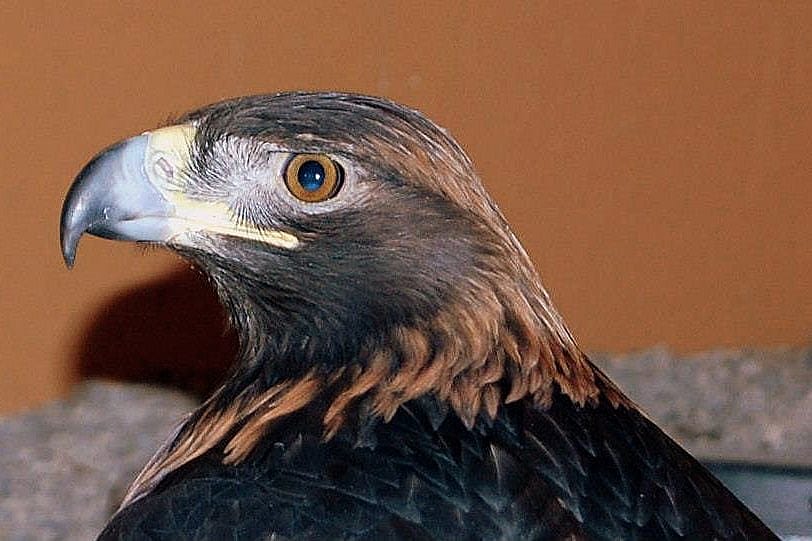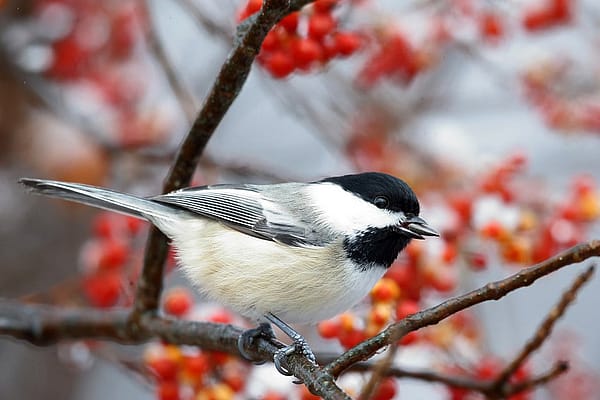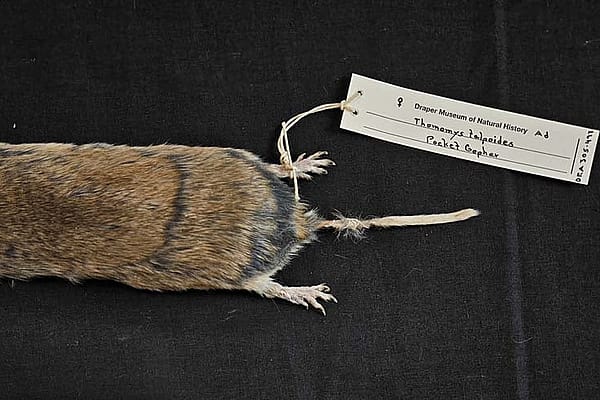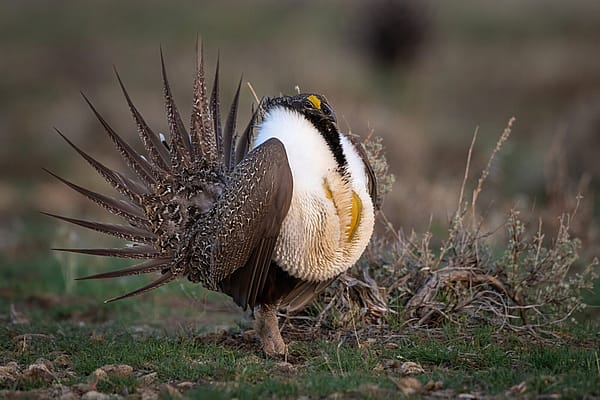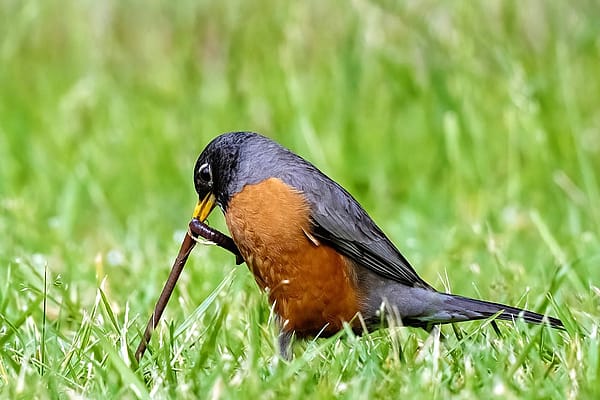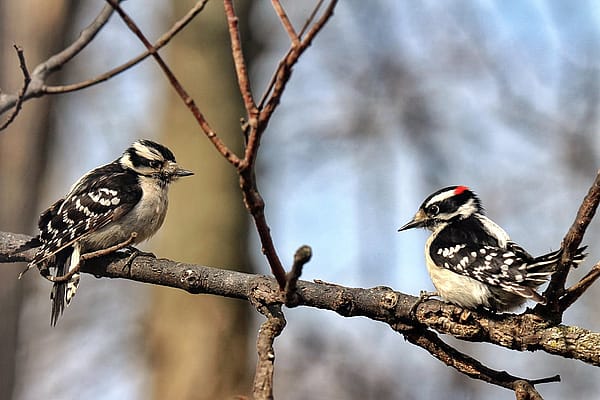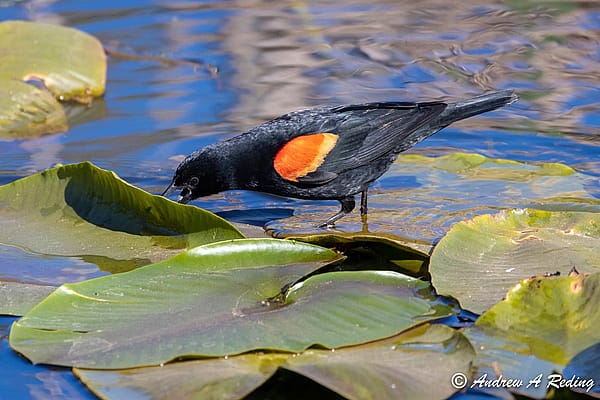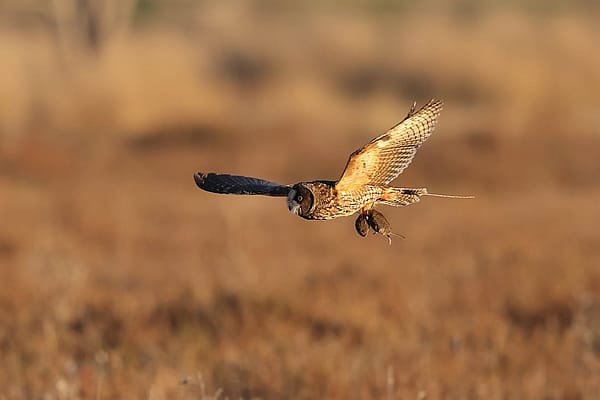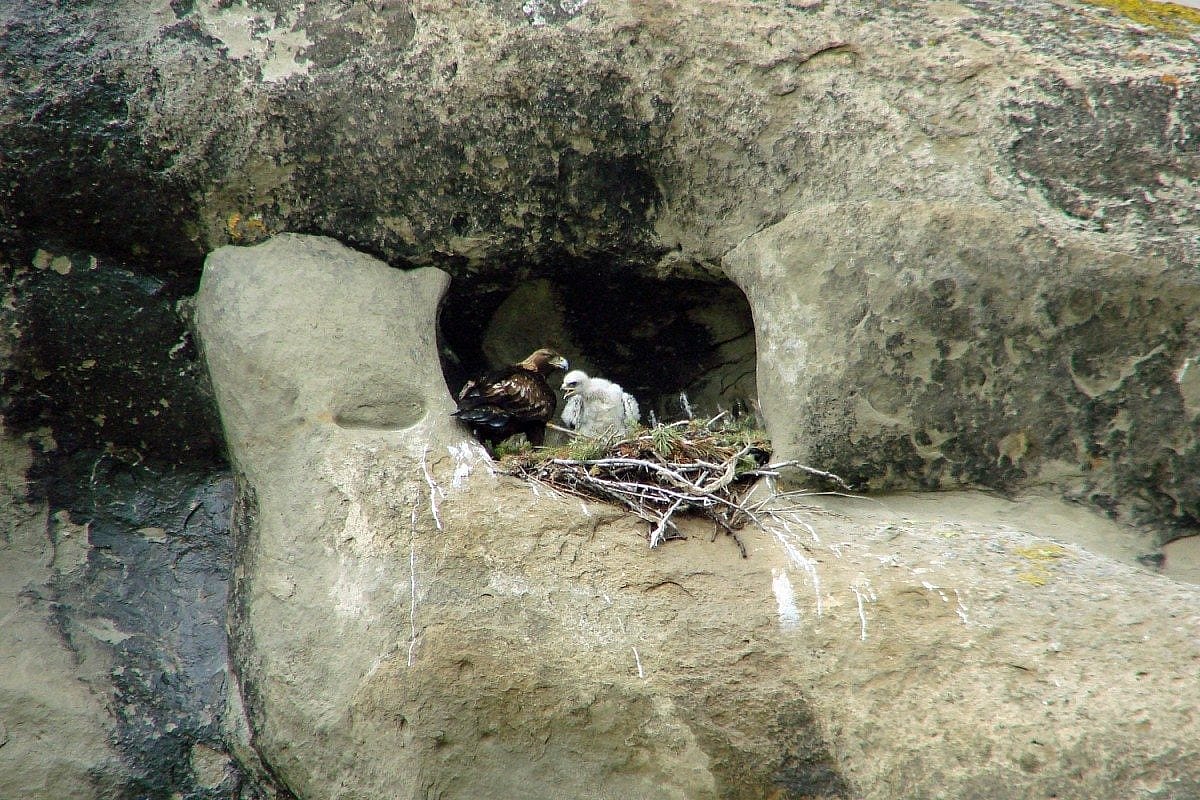
My Favorite Interesting Facts About Golden Eagles
Before Kateri, our golden eagle, came to live with us, people would often ask if we were going to get an eagle. By eagle, they really meant a bald eagle. When I told them we were looking for a golden eagle, they would ask why we would want a golden instead of a bald eagle. Our area contains one of the largest concentrations of nesting golden eagles in the country, plus the curator of our Draper Natural History Museum section of the Buffalo Bill Center of the West, Dr. Charles Preston, is doing a long-term research project about nesting golden eagles. This project is designed to monitor nesting ecology, food habits, and population dynamics of golden eagles in relation to landscape composition, weather, and human activities in the sagebrush-steppe environments of Wyoming’s Bighorn Basin. We hope that this study can help to guide development, so that the golden eagle will forever be protected in our state. Because of this, a golden eagle fits well with our program.
When people see Kateri, our golden eagle, they recognize how really beautiful she is. Goldens live all across the northern hemisphere, although in the U.S. most live in the western half of the country. Often known as the “King of the Birds,” golden eagles are the national symbol of Mexico, Albania, Germany, Austria, and Kazakhstan. Goldens are considered North America’s largest and most powerful bird of prey. Even so, the size of bald eagles and goldens do overlap somewhat. Below are six of my favorite interesting facts about golden eagles.
1) As a volunteer member of Dr. Preston’s golden eagle nesting ecology study, I find their nesting habits very interesting. Both the male and female eagles participate in the nest building. These are usually constructed on cliff ledges, often with the protection of an overhanging tree or rock. The nest is made of large sticks and contains fresh leaves and pine needles which may serve to deter insects. Often the same nest may be used and added to year after year, becoming very large. According to the Cornell Lab of Ornithology, “Nests are huge, averaging some 5 – 6 feet wide, and 2 feet high, enclosing a bowl about 3 feet by 2 feet deep. The largest golden eagle nest on record was 20 feet tall, 8.5 feet wide.” When I started observing eagle nests for Dr. Preston, I was surprised to learn that golden eagles will often have two or three alternate nests. When resident pairs return to their nest sites, they will choose which to use for that season, or they may begin refurbishing more than one of their nests, and choose which to use later. Typically golden eagles will raise one or two chicks, depending on prey availability.
2) The golden eagle is one of the largest and fastest raptors in North America. Although research seems uncertain about their speed, it is believed that they can fly at least 28 to 32 miles per hour, and possibly as fast as 60 miles per hour, plus, according to National Geographic, they can dive at more than 150 miles per hour.
3) The golden eagle has excellent vision, making it possible for them to see a rabbit from 1 – 2 miles away. Using this vision, combined with their speed, soaring capabilities, and sometimes sit and observe behaviors, along with their sharp talons to snatch up prey, they are able to hunt and consume a variety of prey. In most areas of the country they will mainly prey on mammals such as hares, rabbits, ground squirrels, prairie dogs, and marmots, but they will also take reptiles and birds. Golden eagles are, however, capable of killing larger prey on average than do any other North American raptor. They have been observed killing adult pronghorn antelope, coyotes, deer, and badgers. They have also been observed pulling mountain goats and bighorn sheep off cliffs. Because of this ability, golden eagles are sometimes used by master falconers to hunt large game. In Mongolia, they are even used to hunt wolves. As a side note, golden eagles will also eat carrion when available.
4) One food that golden eagles dine on in some parts of the world is a little trickier to deal with. That prey is tortoises. Because a tortoise shell is too hard to break into, golden eagles have developed a different method of getting to the meat. They have solved this problem by simply carrying the tortoise in their talons, and flying high above a rocky area, where they simply drop the tortoise onto the rocks, causing its shell to break open. Now the eagle has easy access to a tortoise meal.
5) I learned this interesting fact only a year ago. Bald eagles and golden eagles are not as closely related as I had thought. Bald eagles are more closely related to kites, while goldens are more closely related to hawks, such as red-tails.
6) Golden eagles are most vocal during breeding times. Beyond that they are not very vocal. When they do call out, it tends to be with a somewhat high, weak sounding voice. The nestlings will often beg when they see the parent flying near the nest, or during feeding times, using high-pitched calls that can be heard a mile or more away. As I mentioned in a previous blog, movie makers tend to add the call of a red-tailed hawk when they show a soaring eagle, even though goldens rarely call out during flight, and certainly don’t sound like a red-tail.
In this video, a male golden eagle calls out to his mate: http://www.youtube.com/watch?v=aMT5ZL-0yeA
Question from visitors:
What preys on golden eagles?
The greatest threat to the golden eagle is humans, through shooting (illegal since 1962), poisoning (often accidental), and collision with man-made objects such as vehicles and wind turbines. Lead poisoning from gut piles left behind by hunters can cause a slow and painful death. Unfortunately, electrocution is a problem as the wing span of a golden eagle is so large that these birds are able to complete circuits between wires if they brush two at the same time. There are some things we can do, however, to help reduce some of these dangers. Biologists, engineers, and government officials have cooperated in developing power-pole designs that reduce raptor electrocutions. In some areas of our country new power lines are being built with these safety standards and older poles are being improved. We can stop lead poisoning by hunting with lead-free bullets, switching to safer forms such as copper or steel. Accidental poisoning can happen when raptors eat dead rodents that were killed by poisons, so find other ways to deal with unwanted rodents in your homes, barns, or garages such as mouse traps or live traps. Also, as mentioned in my blog for turkey vultures, if you see an eagle on road kill slow down. Don’t expect the bird will be able to fly quickly away. Remember, an eagle with a large meal in its stomach and crop will not be able to rise up quickly.
Written By
Anne Hay
Anne Hay has a Bachelor's degree in Elementary Education and a Master's in Computers in Education. She spent most of her working years teaching third grade at Livingston School in Cody, Wyoming. After retiring she began doing a variety of volunteer work for the Buffalo Bill Center of the West’s Draper Natural History Museum. Anne loves nature and has a concern for the environment. She believes that educating the public, so that they will have a better understanding and appreciation for the natural world, is very important. Because of this belief, volunteering at the Center is a perfect fit. She spends time in the Draper Lab, observing eagle nests for Dr. Charles Preston’s long-term research project on nesting golden eagles, writing observation reports of raptor sightings in the Bighorn Basin, and working with the Draper Museum Raptor Experience. Anne states that, “Having a bird on my glove, is one of my all time favorite things in life.”
